views

Upcycling is the process of turning unwanted or waste materials into new, higher-quality, or more valuable items. Upcycling is the process of creating new and distinctive fashion products from used textiles, garments, and accessories in the fashion business.
An estimated 92 million tons of textile waste are produced annually, which is a large quantity of garbage produced by the fashion sector. This garbage contributes to carbon emissions and environmental damage in addition to taking up space in landfills.
This article's goals are to examine the issue of textile waste in the fashion industry and to go through the advantages of upcycling as a remedy.
The Problem of Textile Waste in Fashion
One of the main causes of textile waste worldwide is the fashion industry. Only 2.62 million tons of the nearly 17 million tons of textile waste produced in the United States alone in 2018 were recycled or composted, according to the Environmental Protection Agency (EPA). According to the Ellen MacArthur Foundation, the fashion sector generates 92 million tons of garbage annually on a global scale.
In the fashion business, several factors contribute to textile waste, such as rapid fashion, overproduction, and a lack of sustainable procedures. Fast fashion in particular, which encourages the frequent purchase and discarding of apparel, has led to the rise in textile waste. Additionally, surplus inventory from overproduction frequently needs to be disposed of, which adds to the waste issue.
Textile waste has a substantial negative environmental impact. It is common for textile waste to end up in landfills, where it might take hundreds of years for it to disintegrate and release dangerous greenhouse gasses like methane.
In addition to using up a lot of energy and water during the manufacturing process, textile waste disposal makes these environmental problems much worse. Decreased textile waste is therefore essential for the sustainability of the fashion industry and the earth as a whole.
What is Upcycling?
Upcycling is the practice of turning trash or discarded items into something fresh and practical. It entails using already existing, no-longer-needed items to transform them into something more valuable. Upcycling aims to produce a product that is better than the raw material or original item in terms of quality or functionality.
Upcycling is distinct from recycling, which entails dismantling items and repurposing them for the production of new goods. Recycling is crucial for cutting waste and saving resources, but upcycling goes a step further by making something wholly new and distinctive.
One industry where upcycling has gained popularity is fashion. Instead of discarding old clothing or fabric scraps, designers can use them to create new clothing or accessories. For example, a designer might use old denim jeans to make a new denim jacket or use scraps of fabric to create a patchwork skirt.
Overall, upcycling is an innovative and sustainable way to reduce waste and create something new and valuable from materials that would otherwise be discarded.
Benefits of Upcycling in Fashion
Due to its many advantages, upcycling, which is the act of turning waste or underutilized materials into new goods of higher value, has grown in favor of the fashion industry. Some advantages of upcycling in fashion include:
Reduction of textile waste
Since it consumes space in landfills and releases greenhouse gases, textile waste is a serious environmental issue. By reusing waste materials and giving them a new purpose, upcycling helps to reduce the amount of textile waste.
Creation of unique garments
Unique items that cannot be found anywhere else can be produced through upcycling. Upcycling promotes innovation and originality by utilizing pre-existing materials, which makes the fashion industry less dependent on apparel that is mass-produced.
Cost-effectiveness
In certain cases, upcycling is more affordable than buying new materials. Upcycled clothing is more reasonably priced since production costs are lower due to the use of pre-existing materials.
Environmental benefits
By repurposing pre-existing materials, eliminating the demand for new ones, and lowering the carbon footprint related to production and shipping, upcycling lessens the environmental impact of the fashion industry. Additionally, upcycling encourages eco-friendly behaviors that can benefit the environment.
In conclusion, upcycling in the fashion industry has several advantages, such as lowering textile waste, producing distinctive clothing, being economical, and having positive effects on the environment. These advantages make upcycling a desirable choice for designers and customers seeking to have a positive environmental impact.
Upcycling in Fashion: Examples from Brands
Upcycling is being used by numerous companies in their manufacturing procedures, and the result is oftentimes distinctive designs that consumers find appealing. Brands that are pioneering upcycling include some of the following:
Patagonia: Patagonia is a company that makes outdoor gear and is dedicated to minimizing waste. To increase the lifespan of its products, Patagonia also provides a program for repair and reuse.
Levi's: This denim company has established a program called "SecondHand" that gathers and sells previously used Levi's merchandise. The business additionally provides a customizing option that enables clients to add patches and other embellishments to their jeans to make them more distinctive.
Stella McCartney: This high-end clothing company has a program called "Stella McCartney Cares Green" that advocates for environmentally friendly and morally responsible fashion. Products from the company are made from recycled and organic materials.
The North Face: This company that sells outdoor clothing has a "Clothes the Loop" initiative that invites customers to give their gently worn clothes and shoes. The business then repurposes the materials to produce new goods.
Eileen Fisher: This apparel company offers a "Renew" program that gathers used Eileen Fisher garments and repurposes them. Additionally, the company manufactures its products with eco-friendly materials including recycled polyester and organic cotton.
Upcycling in Fashion: Examples from Designers
Christopher Raeburn
Christopher Raeburn is a British fashion designer known for his sustainable and ethical approach to fashion. He is well-known for his upcycling techniques that involve transforming military surplus into stylish and functional garments. Raeburn often incorporates parachute material, deconstructed military uniforms, and other reclaimed fabrics into his designs.
One of Raeburn's notable upcycling projects is his REMADE line, which involves turning military surplus and other discarded fabrics into one-of-a-kind pieces. He has also partnered with brands such as Timberland and Barbour to create sustainable and eco-friendly collections.
Bethany Williams
Bethany Williams is a London-based designer who uses upcycling and social activism as the foundation of her brand. She collaborates with various social enterprises to source materials and fabrics for her designs, and her collections are often made using recycled and organic materials.
Williams' designs often feature patchwork and embellishments made from reclaimed materials, such as old blankets and discarded denim.
In 2020, she won the Queen Elizabeth II Award for British Design for her sustainable and socially conscious approach to fashion.
Challenges and Limitations of Upcycling in Fashion
Availability and Quality of Materials
The availability and caliber of materials are among the major obstacles to upcycling in the fashion industry. Using trashed materials to create something useful and new is the foundation of upcycling.
However, the supply of high-quality materials can be constrained, and even when it is, not all of them are necessarily appropriate for making high-quality fashion items.
Limited Scalability
Limited scalability is another difficulty with upcycling in the fashion industry. The need for manual work and inventiveness when upcycling can prevent production from being scaled up.
Because of this, it is challenging for upcycling enterprises to expand and contend with established fashion brands that have access to expansive manufacturing facilities and distribution networks.
Consumer Education
Another major obstacle in upcycling clothes is consumer education. Customers might not grasp the benefits of upcycling or how to properly care for repurposed items.
Due to this, it may be challenging for upcycling companies to develop a strong clientele and establish a reputation as a sustainable fashion brand. To overcome this obstacle, buyers should be informed about the advantages of upcycling and given instructions on how to take care of upcycled items.
Final Words
In conclusion, upcycling offers the fashion industry various advantages, such as lowering waste and carbon emissions, protecting natural resources, and producing distinctive and innovative designs. However, there are drawbacks to upcycling as well, including high production costs and the demand for qualified staff.
As buyers and business owners, we must support upcycling as a solution for sustainable fashion. By purchasing their goods, raising awareness of the advantages of upcycling, and pushing for better environmentally friendly business practices in the sector, we can help to upcycle companies and designers. Together, we can build a more sustainable future for the world and the fashion industry.


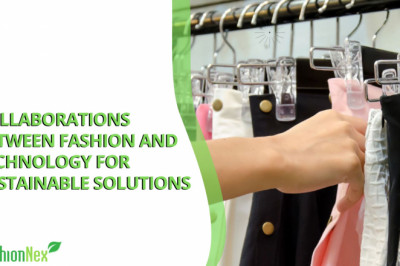
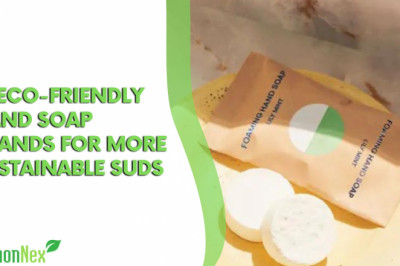
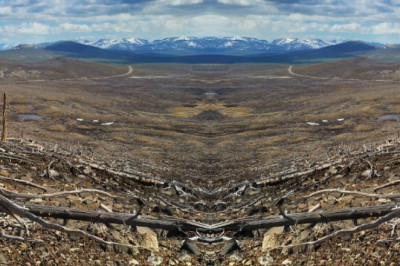
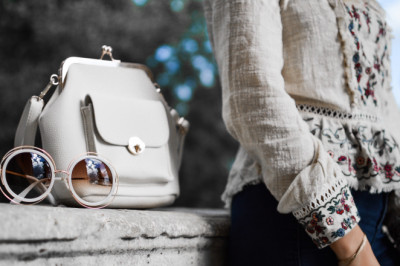

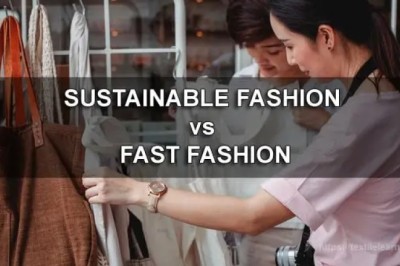


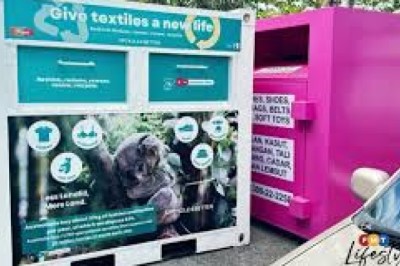
Comments
0 comment